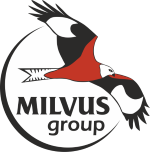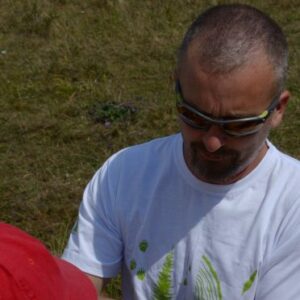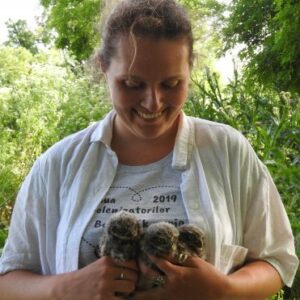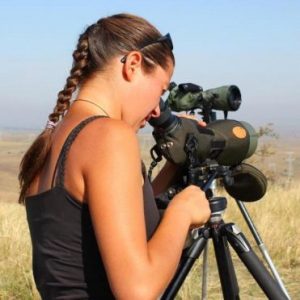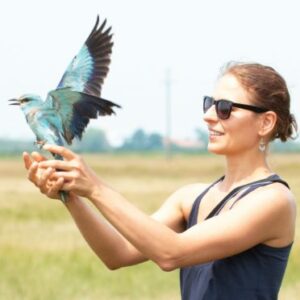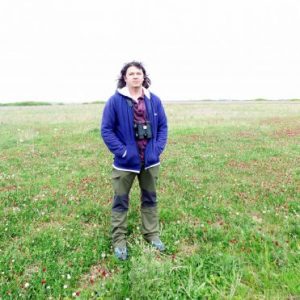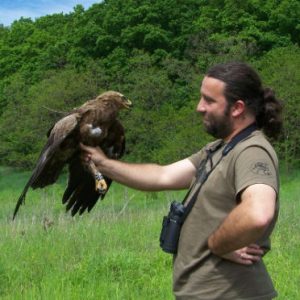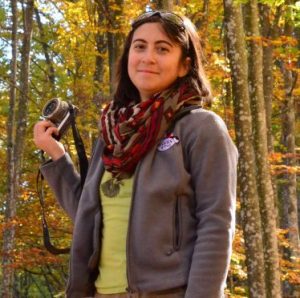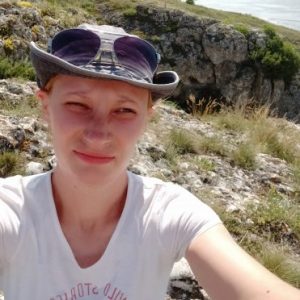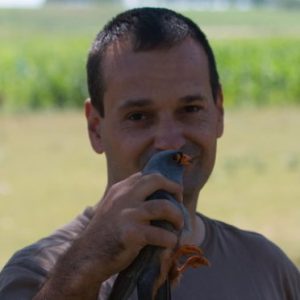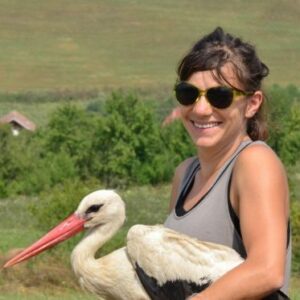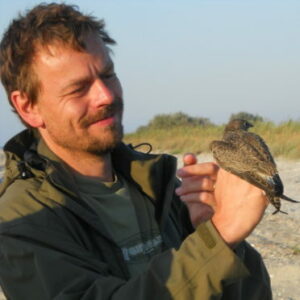Monitored species: Golden eagle and Peregrine falcon
Period: 2 mandatory exits: nest building period: February 20 – March 15 and nest leaving period: 15 June – 5 July , in between the mandatory exits it is recommended to make several exits (see detailed methodology)
Experience level: recognition of birds of prey
Number of people needed for the census: 1 – 3 persons
Equipment: mobile phone (smartphone type), binocular, telescope (mandatory)
Location: observation points located near nests
Short description of the methodology:
The purpose of the monitoring programme is to verify the presence of known pairs, to identify nests in use during the current year and to determine breeding success in those territories.
To obtain accurate information on the breeding success of known pairs, at least 2 surveys are required. In both cases, a 3-hour observation must be made at an observation point agreed in advance with the programme coordinator. During this time, we will actively search for birds of prey and potential new nests. On the first visit, we will identify the nest used that year, as it is possible that the Golden eagle does not use the same nest for breeding every year. If the nest cannot be accurately identified, more visits are recommended (see the detailed methodology). In the second visit, we will collect information on breeding success. Check nests identified on the first visit, if the presence or absence of the chick can be established with certainty and if the age of the chick can be determined, the 3-hour observation is not necessary; in any other case, it is mandatory as the chick can often hide in the nest and are difficult to observe.
As with other monitoring programs, data is collected using the OpenBioMaps mobile application (using the dedicated form). The form does not allow recording observations of other species, but multiple forms can be used in parallel, and it is recommended to record observations of other species during field activities.
Contact:
Kiss Réka Beáta, reka.kiss@milvus.ro
